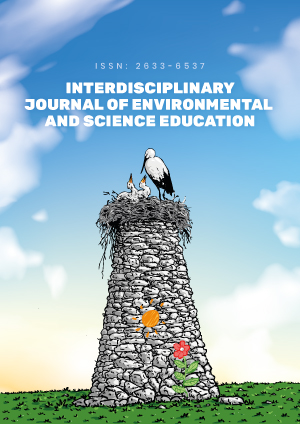Abstract
Essentialism is a way of reasoning that implies assuming that the members of a group share an immutable essence, and that the variation among the members of the group is negligible. Although this way of reasoning is useful for people in their everyday lives, it may pose difficulties in the learning of scientific models, particularly those of evolutionary biology. Essentialism, understood as an epistemological obstacle, requires some didactic work encouraging the development of metacognitive vigilance, in other words, the awareness and regulation of this way of thinking. In this article, we will characterize the processes of metacognitive regulation of essentialism that took place during a didactic sequence to teach evolution. The sequence was implemented in a secondary school in Argentina with 80 students. We will present some of the possibilities and difficulties of carrying out metacognitive regulation of essentialism in biology classrooms. From the use of thematic analysis, we have found that students seem to regulate essentialism in an implicit way during discussions with their classmates, at both the individual and social levels. Moreover, in the case of evolution learning, we distinguished two types of specific regulations: the regulation of ‘typologism’ and that of ‘noise’. In this sense, we consider that essentialism is not regulated as a whole, but instead through some of its assumptions. This work will allow further thinking about the possibilities of promoting the metacognitive regulation of epistemological obstacles in biology classes.
License
This is an open access article distributed under the Creative Commons Attribution License which permits unrestricted use, distribution, and reproduction in any medium, provided the original work is properly cited.
Article Type: Research Article
INTERDISCIP J ENV SCI ED, Volume 18, Issue 4, 2022, Article No: e2295
https://doi.org/10.21601/ijese/12223
Publication date: 12 Jul 2022
Article Views: 3831
Article Downloads: 1550
Open Access References How to cite this article
 Full Text (PDF)
Full Text (PDF)